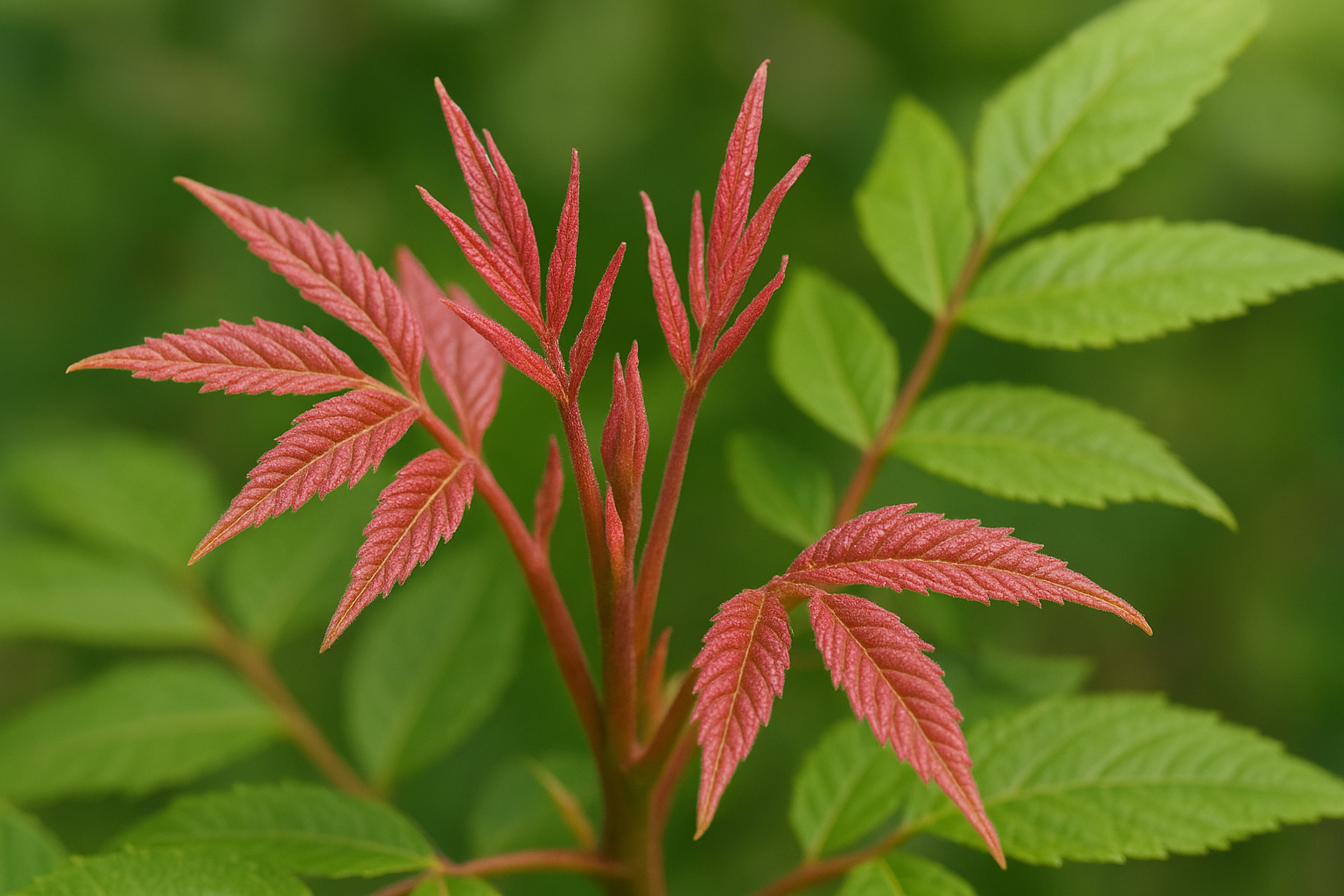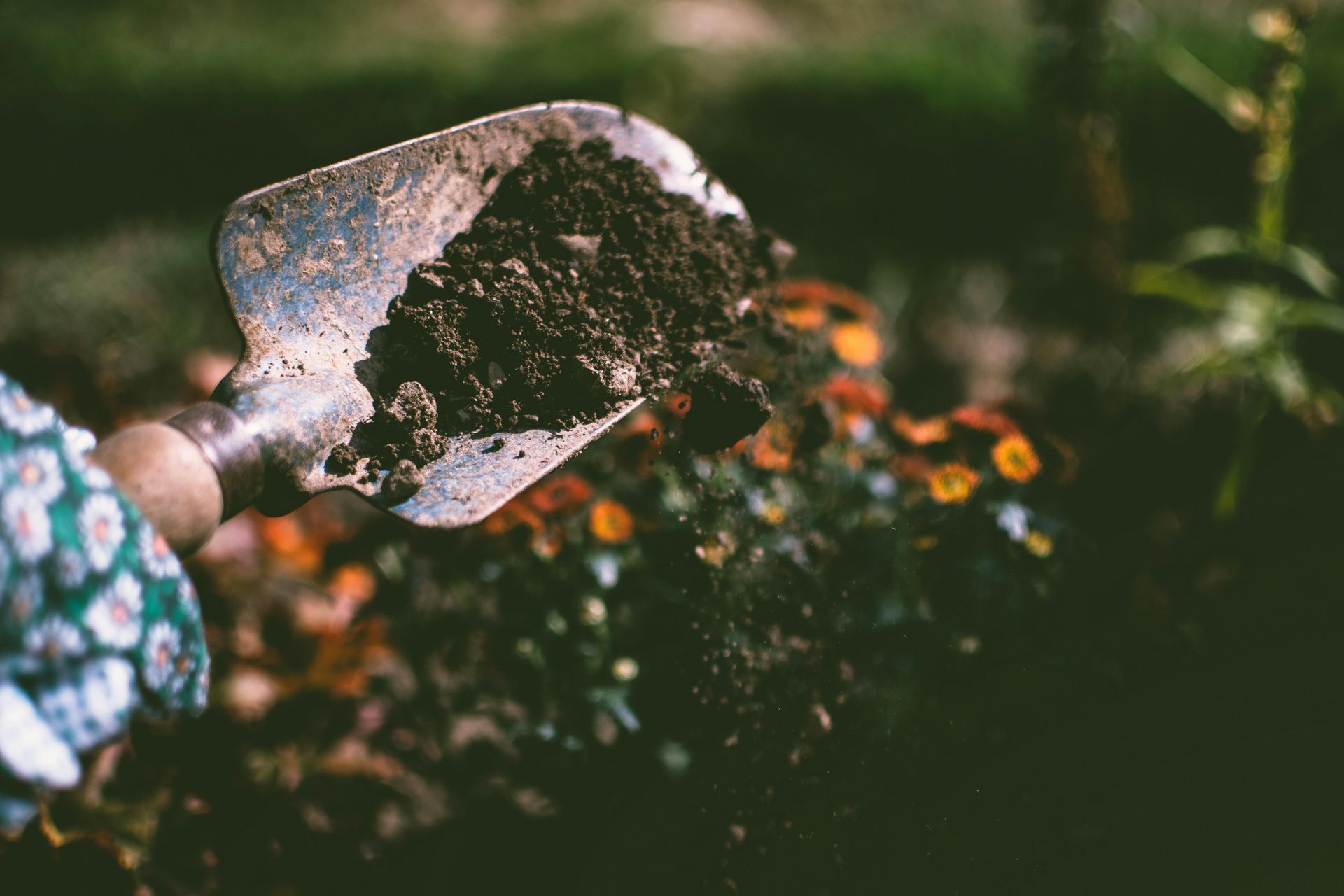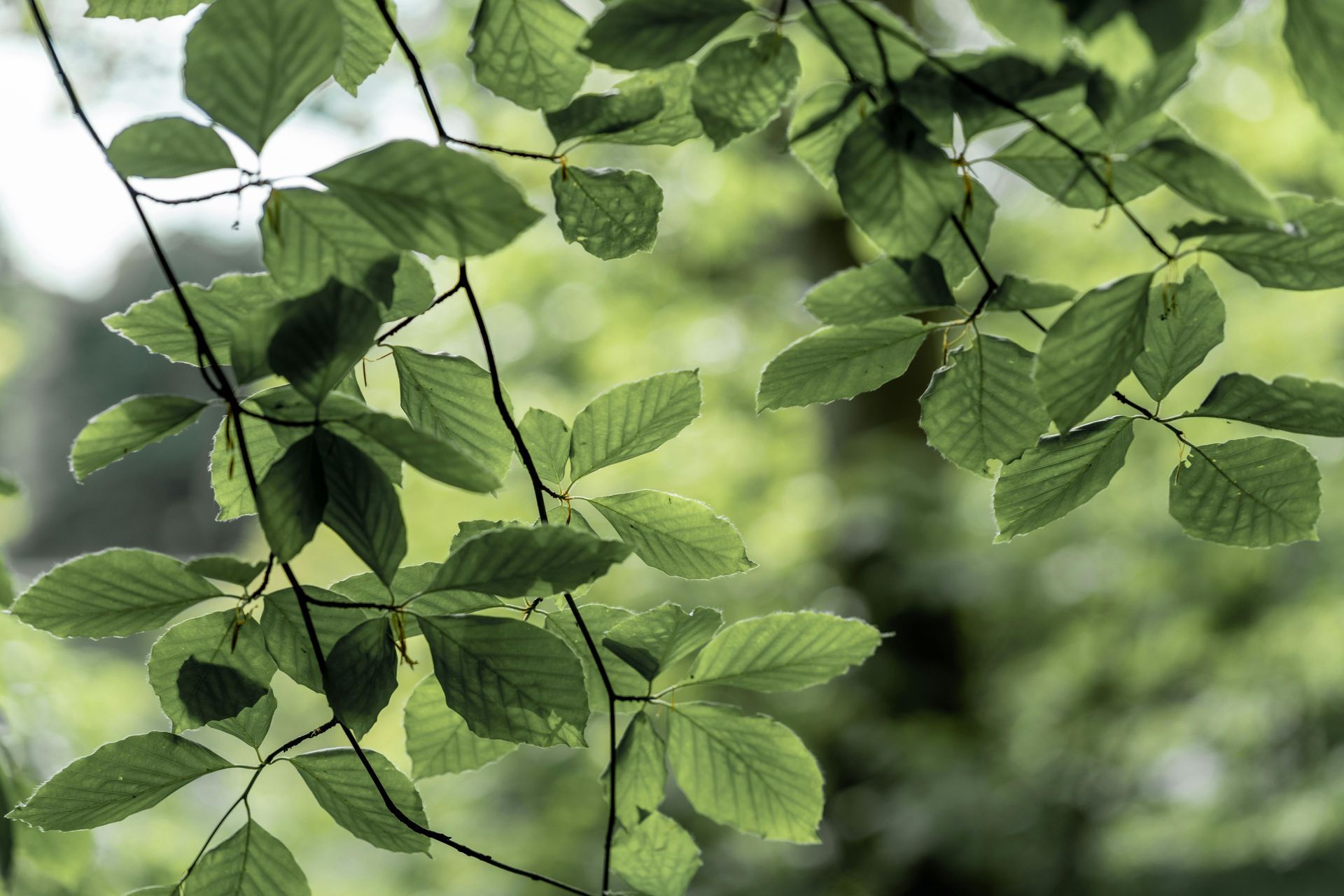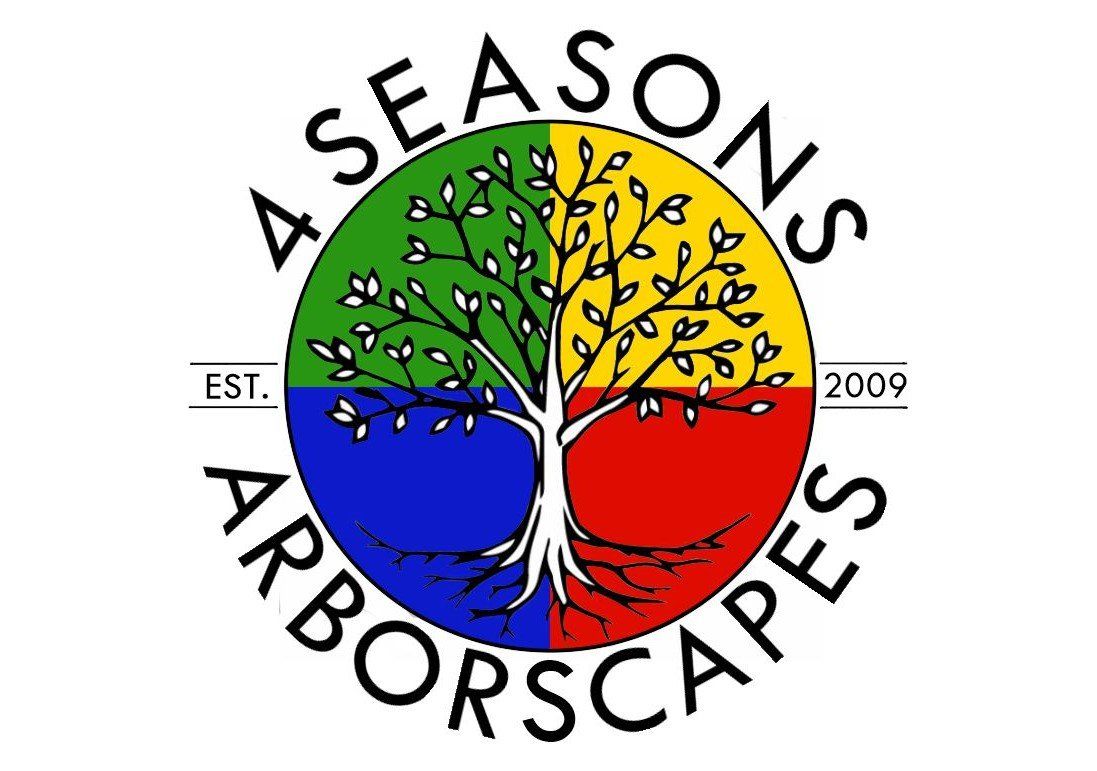Are Your Trees Drought Stressed? How To Spot The Signs Before It's Too Late
August heat can be brutal. Not just for you, but for your trees too. Even well-established trees can suffer from drought stress, which weakens their structure, slows growth, and makes them more vulnerable to disease, pests, and storm damage. But the good news? If you catch the signs early, you can often save the tree and avoid costly removals down the line.
What is Drought Stress?
Drought stress occurs when a tree doesn’t receive enough water over a prolonged period. It can happen gradually during hot, dry months even if you're occasionally watering. The damage may not be obvious at first, but over time, it can severely impact the tree’s health and stability.
Common Signs of Drought Stress in Trees
- Wilted, curling, or scorched leaves. Leaves may turn brown at the edges or roll inward. This is the tree’s attempt to reduce moisture loss.
- Early leaf drop. If your tree is losing its leaves in August or early September, it may be a sign of drought stress.
- Brittle or weak branches. Drought weakens wood. You might notice small dead branches falling unexpectedly.
- Thinning canopy. A full, green canopy should still be present at this point in the season. If it looks sparse or uneven, your tree may be struggling.
- Cracking bark or trunk wounds. Dehydrated trees can crack or split as the inner layers dry out.
Which Trees Are Most Vulnerable?
- Newly planted trees
- Shallow-rooted species like birches, dogwoods, and maples
- Trees in compacted soil or near hardscapes (driveways, patios)
- Trees competing with turfgrass for water
How to Help a Drought-Stressed Tree
- Water deeply, not frequently. Use a slow soak method with a hose or soaker hose, letting water penetrate 6–12 inches deep. Once or twice a week is usually enough, depending on soil and weather.
- Apply mulch. Add 2–4 inches of organic mulch (like wood chips or bark) around the base of the tree, leaving space around the trunk. This helps retain moisture and regulate soil temperature.
- Avoid unnecessary pruning. Don’t stress the tree further by removing limbs unless they are dead or hazardous. Major pruning should wait until fall.
- Pause fertilizing. Fertilizers can stress the tree further during drought by promoting new growth the roots can’t support.
When to Call a Professional like 4 Seasons
If you're seeing signs of stress, or if you’re not sure, it's best to get a professional tree health assessment. We can determine whether your tree needs support, supplemental watering, or removal to prevent property damage. Catching drought stress early can mean the difference between a healthy tree and an expensive cleanup.
Typical Treatment Plan for Drought-Stressed Trees
When we assess a drought-stressed tree, we typically follow a three-part plan:
- On-site Diagnosis. We evaluate canopy density, leaf condition, soil moisture, and root health. We also check for secondary issues like insect damage or fungal infections.
- Custom Watering & Mulching Strategy. We recommend a schedule and method tailored to the species, soil type, and yard conditions. We may also apply soil conditioners to improve water absorption.
- Supportive Treatments (if needed).
- Root zone aeration to break up compacted soil and help roots access oxygen and water
- Tree growth regulators to reduce water demand and improve drought tolerance
- Integrated pest and disease management to treat any secondary infections caused by weakened immunity
- In severe cases, we may recommend structural support or strategic pruning
We’ll always explain your options clearly and help you decide on the most cost-effective, health-supporting plan for your trees.
Schedule your drought inspection today and give your trees the relief they need to make it through the rest of summer and beyond.
Check out the latest:









